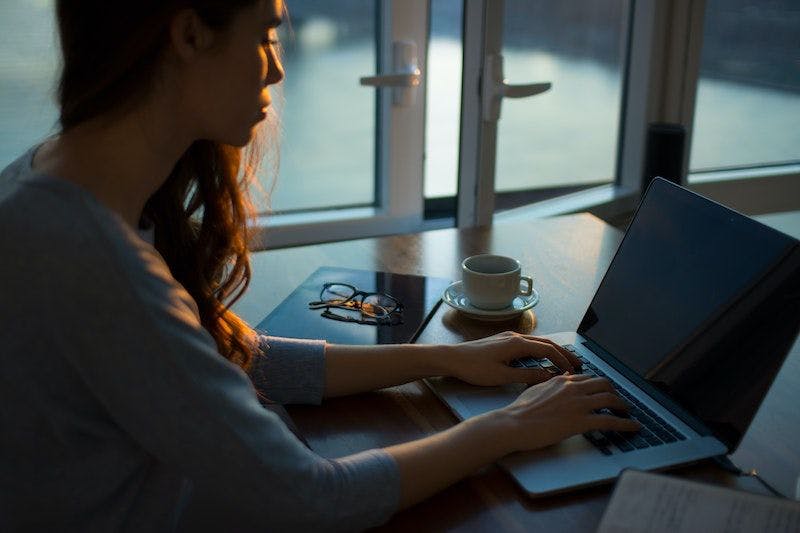Remote working became the new normal for many people as covid restrictions set in. Although many of us feel happier working from home, some also feel more pressure to be available 24/7. Working from home can blur the lines between your professional and personal life. As the boundaries blur, it becomes increasingly difficult to switch off your professional brain and take a break.
Microsoft and YouGov carried out an online report with more than 4,000 office workers, called Work Smart to Live Better. Almost nine in ten employees said their business has adapted to flexible working, otherwise known as ‘hybrid-working.’ As covid restrictions begin to lift, many companies plan to adopt the hybrid working model for years to come. Workers will be able to split their time between the office and home and have the option of flexitime, job sharing, and compressed hours.
Across the UK, one-third of workers found they are working longer hours from home. Over half of these workers feel they have to be available to their bosses at all times. Perhaps, workers feel they need to go above and beyond to demonstrate that they are working hard from home. Over a third of employees requested mental health and resilience resources to be incorporated into new staff training measures.
Employees and employers are trying to deal with the new challenges of remote working. Many people find sticking to a strict routine and sleep schedule to be highly effective when working from home.
Remote workers should find a dedicated space for their work at home. In their 2020 survey, Hammonds found that only 20% of remote staff work from a home office, and 21% work from their living rooms. A surprising 9% of people work from their bathrooms and 6% work in their hallway. Younger workers are far more likely to work from their living room or bedroom. The older generation is likely to live in a space with a home office or spare bedroom to work from. People are spending more time at home, and with this set to continue, the rise in demand for home renovations of kitchens and living rooms is also set to continue.
For the most part, remote workers are happier working from home. 50% of workers use their lunch break as an opportunity to focus on their hobbies and relationships. Without a lengthy commute to work, employees have more time to exercise and get outside. This extra personal time helps workers to maintain their physical and mental health.
However, a whopping 65% of workers miss the social interaction of the office and their colleagues. Some staff miss lunch breaks with co-workers and coffee chats in between the working day. These intermittent interactions encourage workers to take small breaks throughout the day.
Very few companies plan to have a 100% remote workforce once the covid restrictions lift. Most businesses will adopt the hybrid model and encourage workers to be flexible with their working arrangements. Companies will need to redesign their previous work processes to suit all locations and situations to incorporate the hybrid working model successfully. For example, there will be a more significant focus on coordinating meetings and staff members over digital platforms. There will also be a focus on promoting team relationships and innovation when half the team isn’t in the office. Health and wellness should be at the heart of these new developments so staff members can work productively and healthily.


Comments are closed.